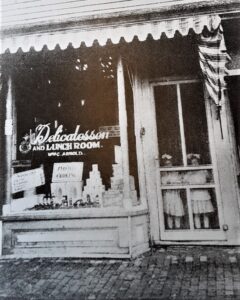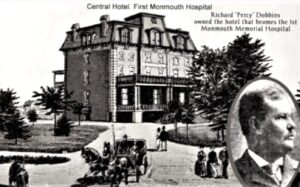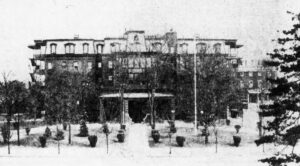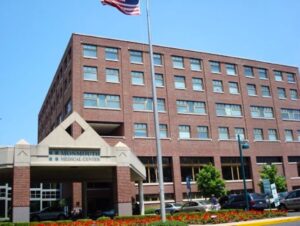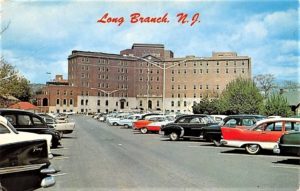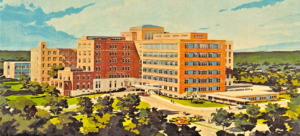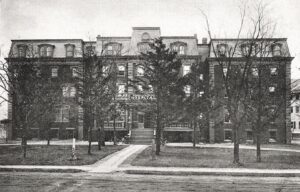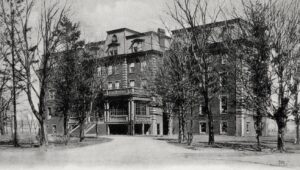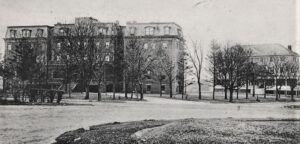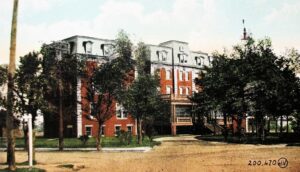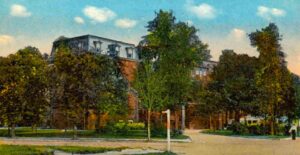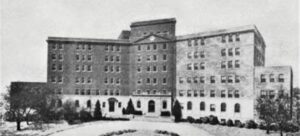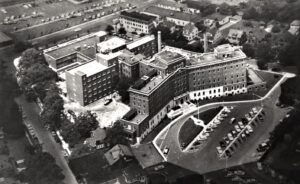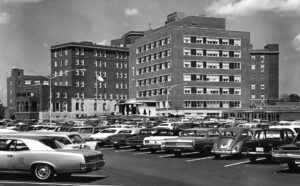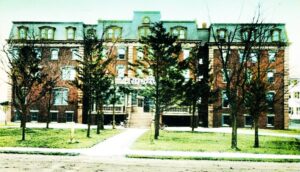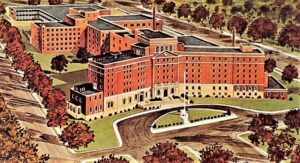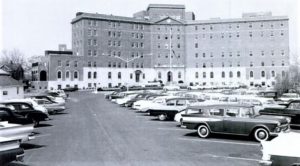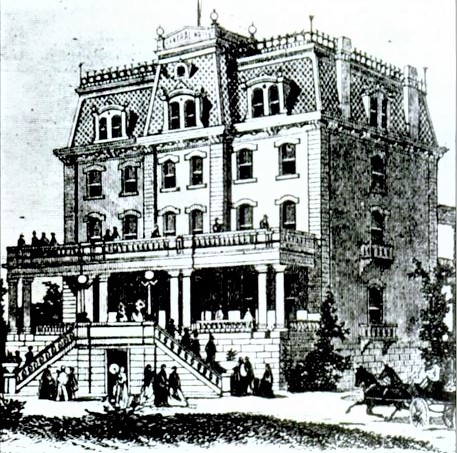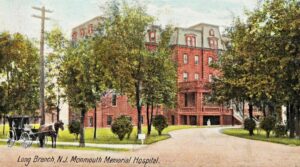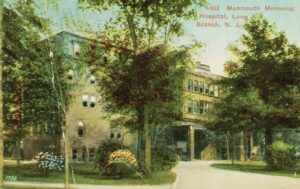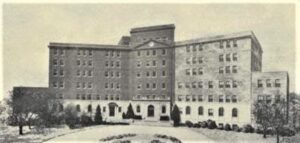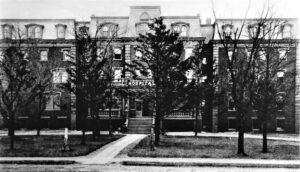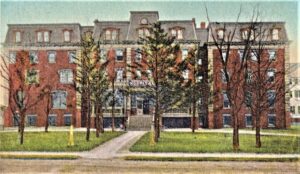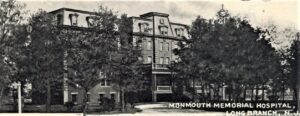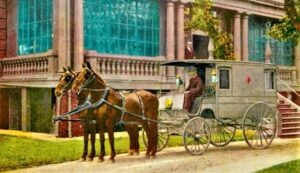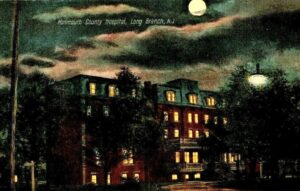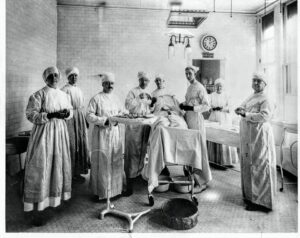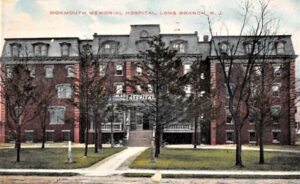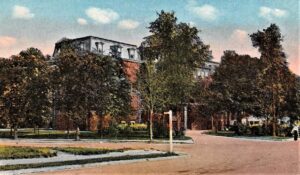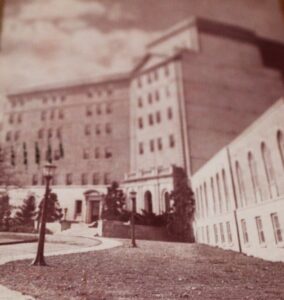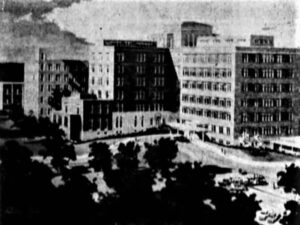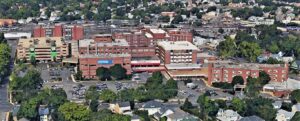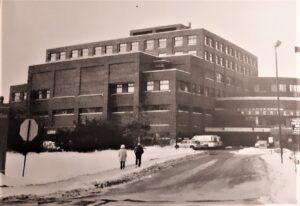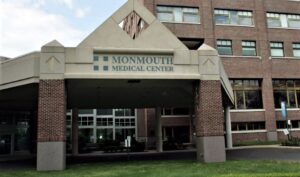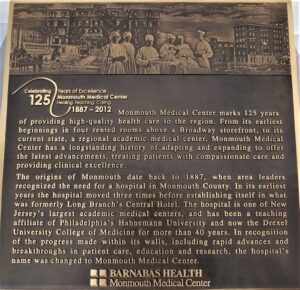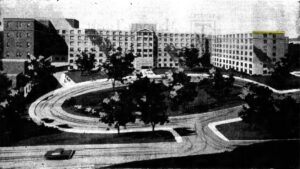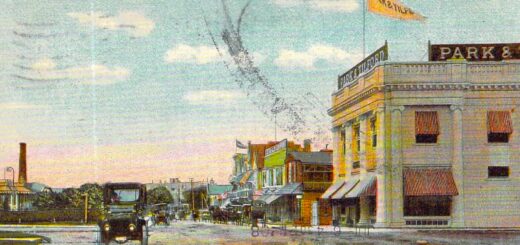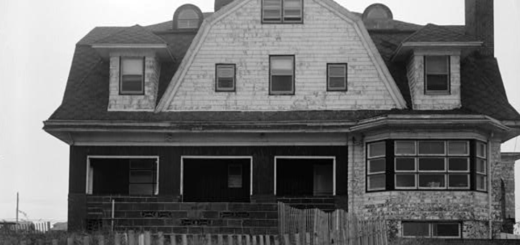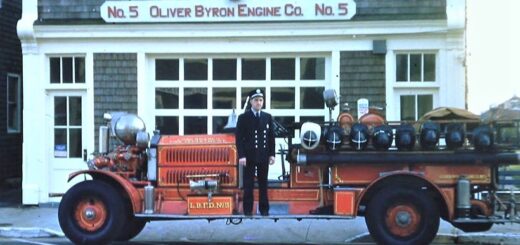Long Branch Healthcare History
Monmouth Medical Center — 135+ Years of Caring
Professional healthcare in Long Branch got started in 1887 in four rented rooms over a Broadway storefront, Arnold’s Deli. By October 1890 hospital care had moved into an old hotel on Second Avenue which was acquired for $25,000. It had been the Central Hotel built in the 1870s by Richard J. Dobbins, a wealthy Philadelphia developer.
When officially chartered in January 1889, the entity was called “Long Branch Hospital” (with only six beds). Later that year it became “Monmouth Hospital” and then “Monmouth Memorial Hospital” in March 1889. Finally in August 1958, it was named “Monmouth Medical Center.” At that time the hospital had 350 beds and George J. Bartel was the administrator. The first regular hospital staff was appointed in June 1889 and Dr. James J. Reed made the first medical staff report at the time.
Dr. Sylvester H. Hunt was the first president of the hospital Board of Governors. Other hospital charter members were: Thomas G. Chattle, Henry S. White, Rufus Blodgett, Thomas R. Woolley, George W. Brown, Thomas W. Cooper, Joseph W. Emanuel, Tylee C. Morford, Horace B. Bannard, Matthew H. Houghton, and Thomas Mauer. The School of Nursing opened in 1896; L.A. Mills was the first Director.
Edwin Field, MD, served as the hospital’s first chief of staff — for over 30 years. Known for his “lovable personality” and “great skill as a surgeon” (a rare mix) he had practiced in Red Bank since 1876. A Columbia College of Physicians and Surgeons graduate, he died in October 1922.
The city’s healthcare complex has grown considerably over the past 135 years: The Tacie Harper wing was opened in 1899 and the Jacques Wimpfheimer memorial wing in 1919. In 1953, the old hotel building was wrecked to make way for the modern health facility and its many wings and additions. The Mary Owen Borden pavilion was opened in 1940, the Community wing in 1950, the Betty Block Roberts pavilion in 1959, the Anna Greenwall wing in 1964, the Henry Pollak Clinic in 1965, the Alexander pavilion 1969, the Robert C. Stanley wing in 1979 and the E. Murray Todd building in 1987.
The hospital system remains the city’s top employer — going back several generations. Today, the 1-million-square-foot teaching hospital with 303 beds and 1,700 employees is part of the RWJ Barnabus Health network — NJ’s largest healthcare system. In the 2022 it made the “Best Hospitals in America” list complied by Money.com — MORE INFO. According to the American Hospital Directory, MMC did more than $1.7 billion in gross patient revenue last year.
Here are some pictures of the hospital through the years:
Long Branch’s Other Hospital: E.C. Hazard Memorial Hospital — HERE
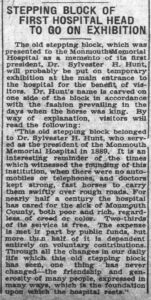
Horse Doctor — Dr. Sylvester H. Hunt was Monmouth’s first hospital president. Long Branch Daily Record, June 1933.
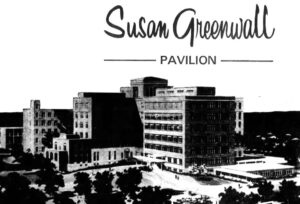
Susan Greenwall Pavilion dedication, Long Branch Daily Record, June 1965. The six-story wing cost $4.2 million.
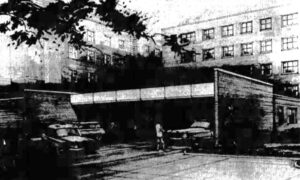
New Monmouth Medical Center Emergency Center sketch plan, APP August 1969. The $1 million project included six ambulance bays, 10 exam/trauma rooms and a small OR and X-ray room. Hall Construction of Little Silver built the Second Avenue facility. The 24/7 emergency complex opened in July 1970. Today, the facility handles nearly 50,000 annual visits.
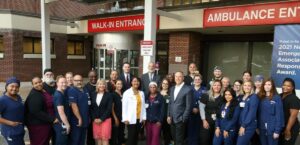
MMC Emergency Department staff, July 2022. Congrats to this city healthcare institution for earning the Emergency Nurses Association’s “Lantern Award”.

